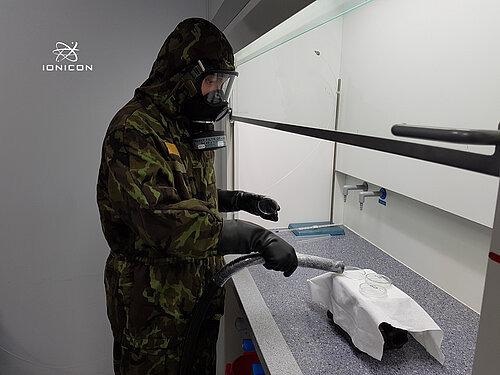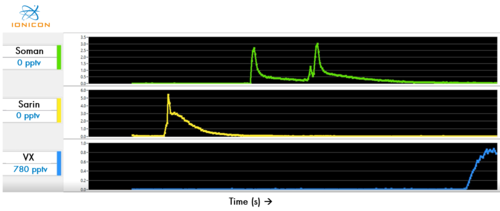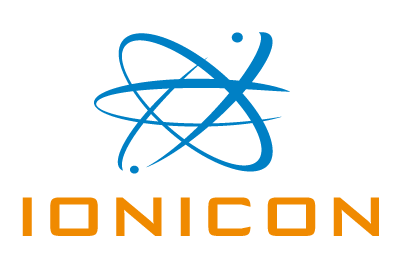Chemical Warfare Agents (CWAs) are a real threat, as has been displayed in the past few years by the assassinations at KL airport (2017) and in Salisbury (2018). Unfortunately, as a result of the present armed conflicts in Europe, it could remain a keen topic of interest in the near future.
From an analytical perspective, the detection of high CWA concentrations in air at the time of and instantly after an attack is comparatively simple even with handheld devices.
But confirming that huge surfaces (for example, the floor of an airport) are safe and clean after a standardized decontamination procedure is not currently possible due to the absence of suitable analytical instrumentation.
The IONICON Proton-Transfer-Reaction–Time-Of-Flight (PTR-TOF) technology is a real-time direct injection trace gas analysis technique with significantly high sensitivity, selectivity, and outstanding Limits-of-Detection (LoDs).
Jointly with the proprietary Automated Measurement and data Evaluation (AME) software, no trained researcher is needed to operate the PTR-TOF and to decipher the obtained data. AME “translates” the scientific information into direct graphical compound concentration readings. Hence, IONICON PTR-TOF is the perfect tool for real-time trace gas monitoring and control.

Image Credit: IONICON Analytik
Results of CWA Measurement Campaigns
In the majority of the scientific literature on CWA measurements, analogs have been utilized due to the limited access to live agents even for analytical purposes. Hence, the company took the compact PTR-TOF devices to measurement campaigns at certified facilities in Austria and the Czech Republic.

Real-time detection of CWAs with PTR-TOF. Image Credit: IONICON Analytik
In the first campaign, the patented (EP3503161; US11342171) NH4+ reagent ion production technique proved to be especially advantageous for sensitive CWA detection. Even with the highly compact PTR-TOF QB model (two stackable and separable 19 cubes), 1 s LoDs between 10 and 30 pptv (10-12) were identified for the CWAs nitrogen mustard, sarin, soman, tabun, VX, and cyclosarin.
For the second campaign, a high mass resolution PTR-TOF 6000 was used to examine residual CWA gas-phase concentrations above numerous surfaces (from metal and glass to pig skin) before and after decontamination with various common decontamination agents.
It was found that only after the treatment with a few of these agents and only for entirely smooth surfaces no residual contamination could be detected.
Such outcomes verify that IONICON PTR-TOF is ideal for the real-time verification of the absence of highly poisonous compounds, like CWAs.

This information has been sourced, reviewed and adapted from materials provided by IONICON Analytik.
For more information on this source, please visit IONICON Analytik.